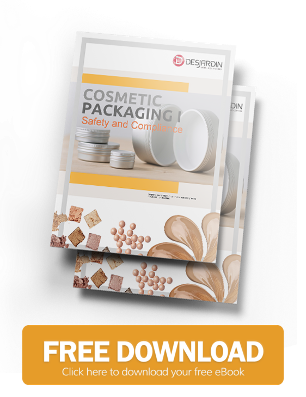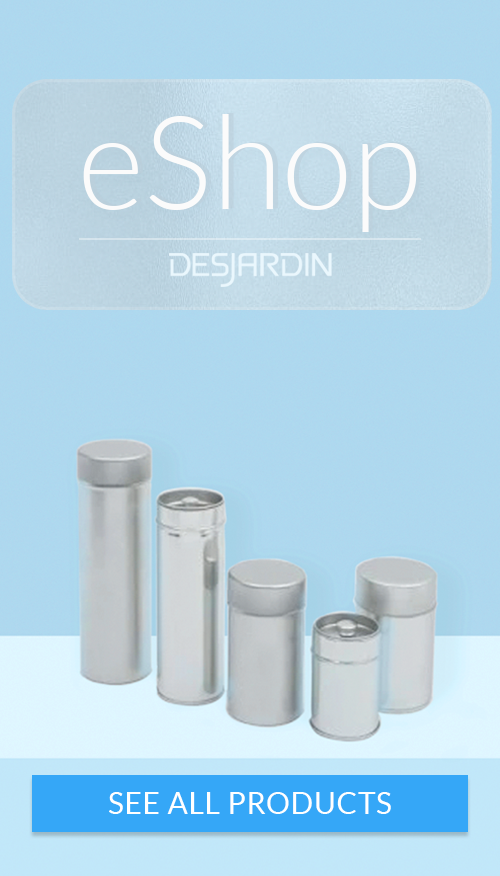Cosmetics come in a wide variety of shapes, sizes, and colors. They are used for many things and their composition varies widely based on the intended purpose. Additionally, their ingredients range from acids, to bases, and even some perishables items. This large amount of ingredients means that government regulation of packaging is very important. It oversees the safe design, production, and distribution of cosmetic products and their packaging. Unfortunately, it also makes cosmetics very hard to regulate, so governments have implemented large, overarching policies to blanket the industry with a set of guidelines. Most governments only review products on a case by case basis.
In the United States cosmetic packaging is overseen by the Federal Drug Administration (FDA). This is the same government body that oversees food and pharmaceuticals, which is useful as there are many overlaps between all three. Alternatively, the FDA’s regulations for cosmetics are much more relaxed in comparison to pharmaceuticals and food. In terms of protecting against physical harm and contamination the FDA requires that cosmetic packaging can withstand mechanical, thermal, biological, chemical, radiation, electrical, and compression/shearing forces. It does not provide specific guidelines for how each of these requirements has to be met, but instead leaves that up to manufacturers. The FDA does retain the power to test a container at any point and can recall any inadequately packaged products [1,2].
 In addition to the physical sturdiness of packaging the FDA requires adequate labeling on the exterior of cosmetic packaging. The huge variety of ingredients used in cosmetics dictates the necessity of this component of packaging. Labeling allows consumers to make informed decisions on the product and be aware of any possible specifications, like unique storage requirements. The FDA requires cosmetic packaging to state the intended use of the product, ingredients, and product tracking information. The FDA specifically forbids any misleading packaging or false claims [1].
In addition to the physical sturdiness of packaging the FDA requires adequate labeling on the exterior of cosmetic packaging. The huge variety of ingredients used in cosmetics dictates the necessity of this component of packaging. Labeling allows consumers to make informed decisions on the product and be aware of any possible specifications, like unique storage requirements. The FDA requires cosmetic packaging to state the intended use of the product, ingredients, and product tracking information. The FDA specifically forbids any misleading packaging or false claims [1].
The FDA does most of its monitoring of cosmetic packaging through the Voluntary Cosmetic Regulation Program (VCRP) where cosmetic manufacturers list their product, its ingredients, and other information including packaging. This is voluntary, but it is highly recommended that cosmetic packaging producers use it [3]. The FDA focuses most of its effort on dealing with packaging that has already been released, but has been found to not meet the minimum standards they require. This typically includes litigation and product recalls.
As with the FDA the EU has many similar requirements for cosmetic packaging. The EU’s rules for cosmetic packaging are encompassed in Regulation (EC) No 1223/2009. It has the same guidelines as the FDA for the structural aspects of packaging, but is more restrictive on labeling. Like the FDA It requires that all ingredients, storage conditions, and tracking number available on the exterior of a container. In addition it requires labeling to include possibly harmful substances, side effects, and a ‘best before’ date. If the packaging does not have enough room to list all the ingredients an additional leaflet inside of the package is required [4,5,7]. Unlike in the USA the EU requires all cosmetic manufacturers to register their packaging using the Cosmetic Products Notification Portal. This is a website that responsible persons and authorized parties can access to view any information on the product [6].
 Government regulation on cosmetic packaging is very important because it protects consumers from contaminated products and provides information to help them make an informed decision. Protecting against outside contamination can be challenging because ingredients like citric acid and alkaline compounds are commonly used [8]. These are corrosive and require manufacturers to consider their presence when designing packaging. Additionally, product labeling is important because chemicals like hydrogen peroxide are common in hair products. If incorrectly applied by consumers they can cause rashes and other negative health issues [9]. These are just a few examples of the thousands of compounds used in cosmetics and need to be managed with either with the correct packaging or labeling. Government regulation makes sure manufacturers meet high enough standards to protect consumers.
Government regulation on cosmetic packaging is very important because it protects consumers from contaminated products and provides information to help them make an informed decision. Protecting against outside contamination can be challenging because ingredients like citric acid and alkaline compounds are commonly used [8]. These are corrosive and require manufacturers to consider their presence when designing packaging. Additionally, product labeling is important because chemicals like hydrogen peroxide are common in hair products. If incorrectly applied by consumers they can cause rashes and other negative health issues [9]. These are just a few examples of the thousands of compounds used in cosmetics and need to be managed with either with the correct packaging or labeling. Government regulation makes sure manufacturers meet high enough standards to protect consumers.
The FDA and EU have broad regulation for the packaging used in cosmetics. For the structural integrity of packaging they generally allow manufacturers to be responsible themselves and do not review every new package before it is used. The EU and FDA do have strict guidelines about labeling that require relevant information to be presented to consumers. These are important steps to protect consumers that use cosmetic products.
References
[1] "What you should know when packaging cosmetics compliant to FDA regulations (2016)", by Alex Cosper.
[2] "Cosmetics & U.S. Law (2017)", by U.S. Food and Drug Administration.
[3] "Voluntary Cosmetic Registration Program (2018)", by U.S. Food and Drug Administration.
[4] "Understanding the Cosmetics Regulation" (retrieved April 2019), by Cosmetics Europe.
[5] "EUR-Lex, Document 32009R1223" (retrieved April 2019), by Eur-Lex.
[6] "CMR substances" (retrieved April 2019), by Baptiste Saugeron.
[7] "What you should know when packaging cosmetics compliant to EU regulations (2016)" , by Alex Cosper.
[8] "Cosmetics and Perfumes - Glossary for the Worldwide Transportation of Dangerous Goods and Hazardous Materials (1999)" , by Malcolm A. Fox .
[9] "Analysis of Cosmetic Product (2007)", by Amparo Salvador and Alberto Chisvert.






